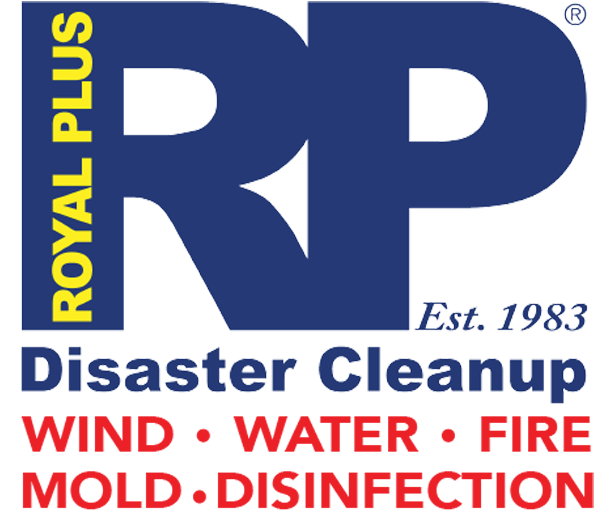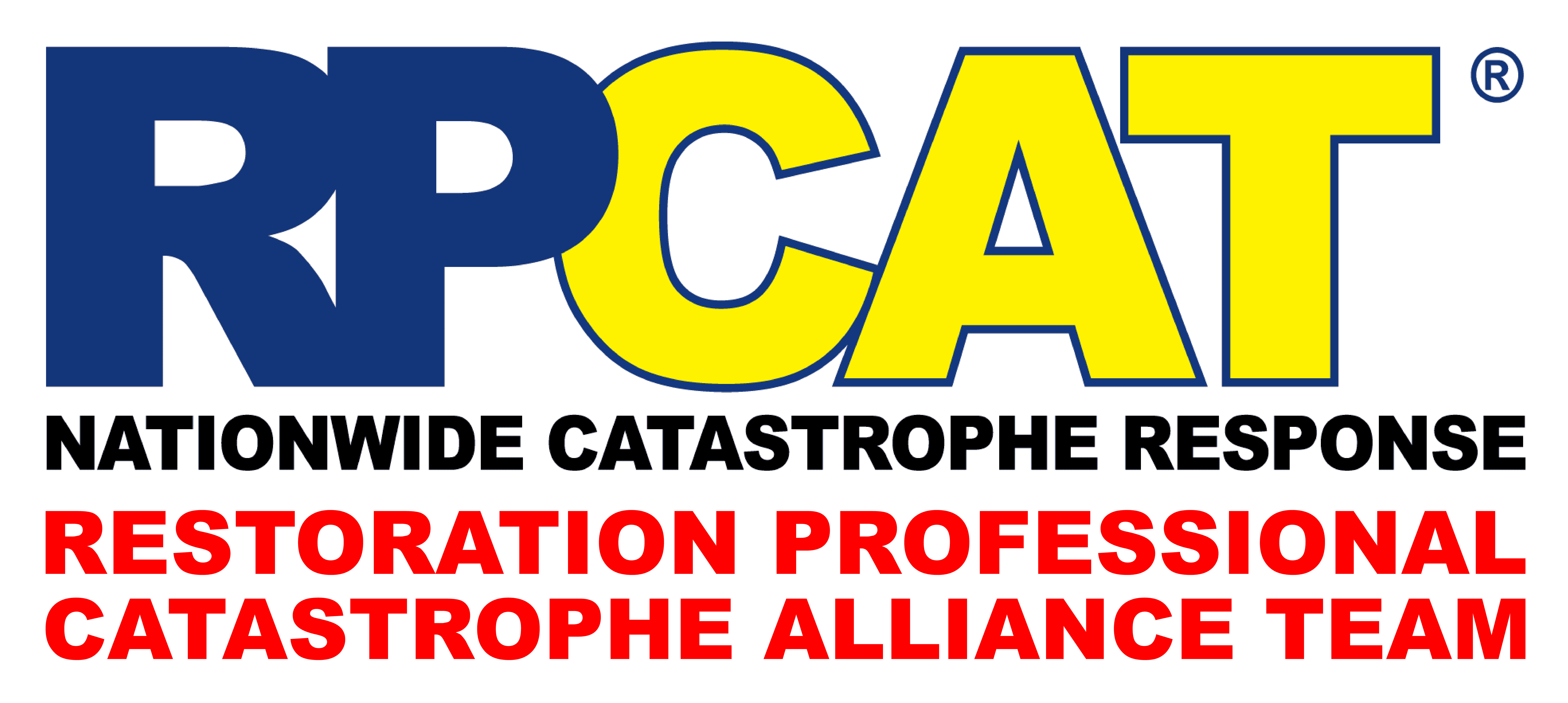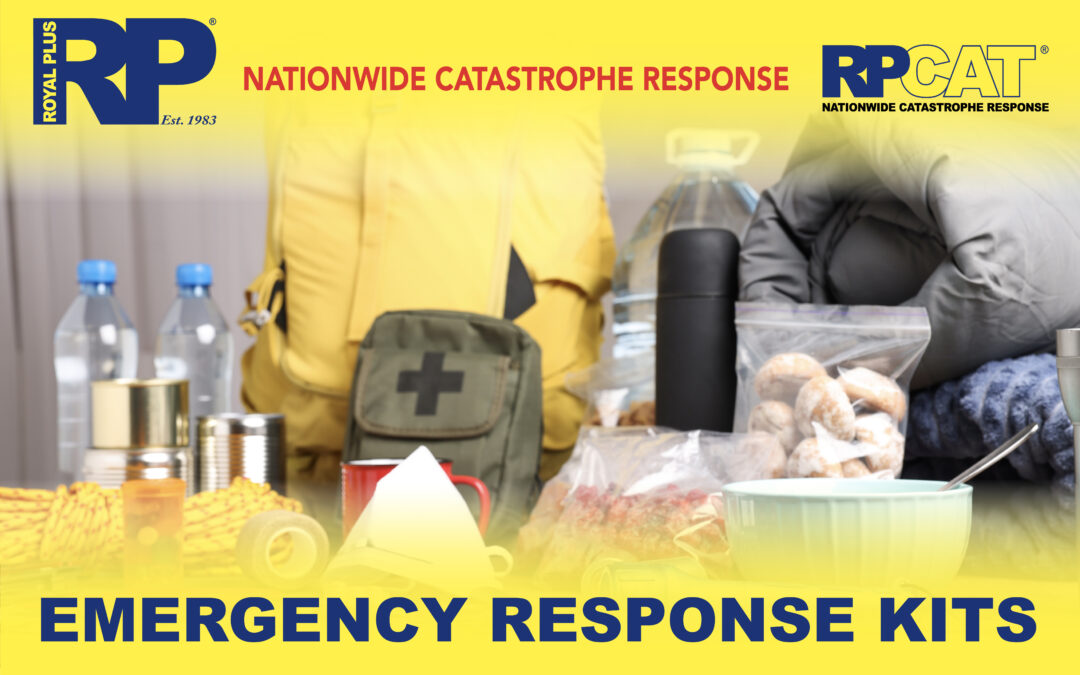Having an Emergency Preparedness Kit is crucial for ensuring the safety and well-being of yourself and your loved ones during times of crisis. It serves as a lifeline when access to essential resources is disrupted due to disasters, such as hurricanes, earthquakes, severe storms, power outages, evacuations, or other unforeseen emergencies. An Emergency Preparedness Kit not only provides peace of mind but also empowers individuals and families to respond effectively in emergencies, potentially reducing the severity of impacts and facilitating a faster recovery process. In essence, investing time and effort into creating and maintaining an Emergency Preparedness Kit is a proactive step towards safeguarding against the uncertainties of the future and ensuring readiness for whatever challenges may arise.
Here are 10 essential items every emergency preparedness kit should include:
- Water: Aim for at least one gallon of water per person per day for at least three days, for drinking and sanitation.
- Non-perishable Food: Stock up on ready-to-eat canned goods, protein bars, dried fruits, and nuts to sustain you and your family for at least three days.
- First Aid Kit: Include adhesive bandages, antiseptic wipes, gauze pads, adhesive tape, scissors, tweezers, pain relievers, and any necessary medications.
- Flashlight: Have a reliable flashlight with extra batteries or a hand-cranked option to provide illumination during power outages.
- Battery-powered or Hand-crank Radio: A radio can help you stay informed about emergency alerts and updates.
- Whistle: A whistle can be used to signal for help if you’re trapped or in need of assistance.
- Multi-tool or Swiss Army Knife: Useful for various tasks, including opening cans, cutting ropes, or performing minor repairs.
- Personal Hygiene Items: Include items such as moist towelettes, toothbrush, hand sanitizer, toilet paper, and feminine hygiene products.
- Blankets or Sleeping Bags: Stay warm during emergencies with blankets or sleeping bags, especially if heating is unavailable.
- Important Documents: Keep copies of essential documents in a waterproof container or bag, including identification, insurance policies, medical records, and emergency contact information.
Remember to customize your emergency kit based on your family’s specific needs and any additional considerations for your location or potential disasters in your area. Regularly review and update your kit to ensure it remains relevant and functional.




Recent Comments